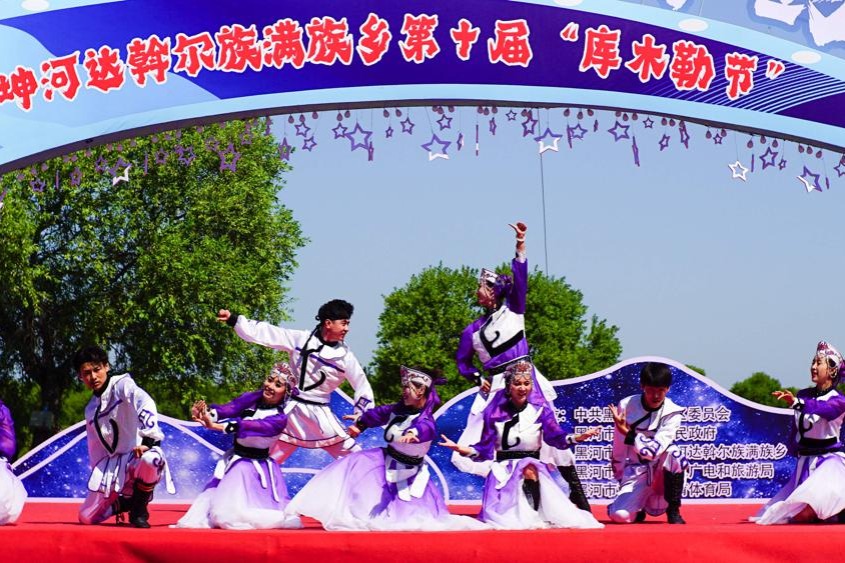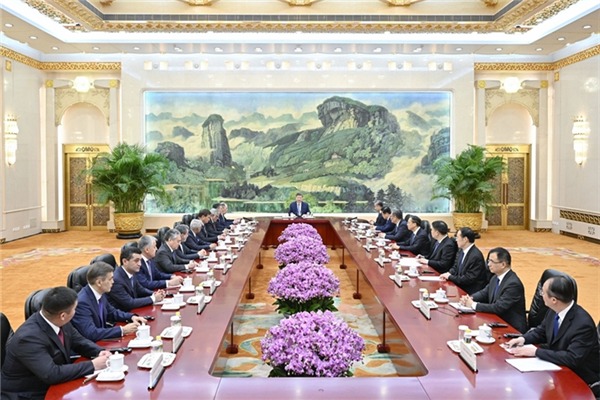Greening a city with landfill


WUHAN -- The Garden expo, a key attraction in Wuhan, capital of central China's Hubei province, is lush and surrounded by flowers in April.
Zhang Huaqing, 70, strolls here with his wife every day. To him and many local residents, the fresh air and clean water are beyond imagination as the original site of the expo had been a landfill for almost two decades.
"The sewage flooded everywhere with strong odor. In summer, the mosquitoes were all over the sky and we always had to keep the windows and doors closed. Many times we had wanted to move away," Zhang said.
The Jinkou landfill, covering 46 hectares, was opened in 1989 in suburban Wuhan as a result of the fast growth of the urban population and household refuse.
Before it was closed in 2005, the landfill had dealt with more than 5 million cubic meters of garbage -- about 3.76 million tonnes. Even after its shutdown, environmental issues continued to surface, including gas pollution, liquid infiltration and damage to the landscape.
A restoration project put up on the agenda accordingly. In 2012, Wuhan proposed restoring the site and rebuilding it as the main venue for the expo. The idea was approved and Wuhan was granted host of the 10th China International Garden Expo, according to Xiao Qinwu, engineer at the expo.
Natural degradation would have taken decades to remove the heavy metals accumulated in the soil. To restore the wasteland more efficiently, the city began an aerobic ecological restoration project to alleviate long-term safety issues and better utilize the land.
Using aerobic ecological restoration technology, 60 percent of the living waste was filled to biodegrade within two years, benefiting more than 100,000 residents nearby.
"The garden is now strewn with flowers, lawns and a pleasant smell rather than stink," said 62 year-old Huang Yunlin, who used to work at the landfill. Huang now works at the expo.
An automatic system operates round the clock to process 200 cubic meters of methane into carbon dioxide every hour. At the same time, 110 cubic meters of polluted water are recycled to water the trees and flowers in the garden every day, according to Shao Fugen, who is in charge of the system.
In December 2015, Wuhan was given the C40 Cities Award in Paris for its successful restoration of Jinkou landfill.
The transformation of Jinkou is a mirror of the green application of Wuhan, a city home to a population of 10.9 million.
The city was filled with excavators, cranes and dust during its fast expansion a decade ago, but now has created a green and sustainable development pattern.
Donghu Lake, a downtown lake stretching over 30 square kilometers, has built a greenway network stretching more than 100 kilometers. It is the first greenway inside a top-level tourist attraction in urban areas in China.
"The original designed width of the greenway was 6 meters, the standard for hosting international cycling races, but that goal could only be achieved at the expense of damaging the habitat of hundreds of wild species and towering trees," said Ji Donglan, chief engineer at the institute for garden and architecture design in Wuhan. "To protect the local environment, the greenway was eventually constructed at 4 meters in width, and we also set up special passageway for animals."
The calla-shaped building of the Institute for New Energy completed in 2013 in Wuhan is China's largest example of bionic architecture. All energy consumed in the building is recycled with advanced technology.
"The 3,500 square meters of solar panels as well as wind turbines can generate about 14 percent of the building's power consumption every year," said Huang Xiaohong of the institute.
Huang added that the lighting of its underground car-park was controlled by a light guide system, and 38 percent of water used in the building was recycled, reducing water usage by 4,800 tonnes every year.
The institute has also established eight research centers, covering the areas of solar power, Internet energy and energy policy, as well as the utilization of biomass energy, to create breakthroughs to further green the city.
- Shanghai certifies 30 regional HQs of multinationals
- Shanghai plans extensive promotional of high-growth enterprises
- Hainan launches International Talent Club
- Nvidia founder and CEO Jensen Huang says he loves competition
- Evidence of inhuman atrocities
- New guideline aims to impart skills training to 30m people by 2027





































